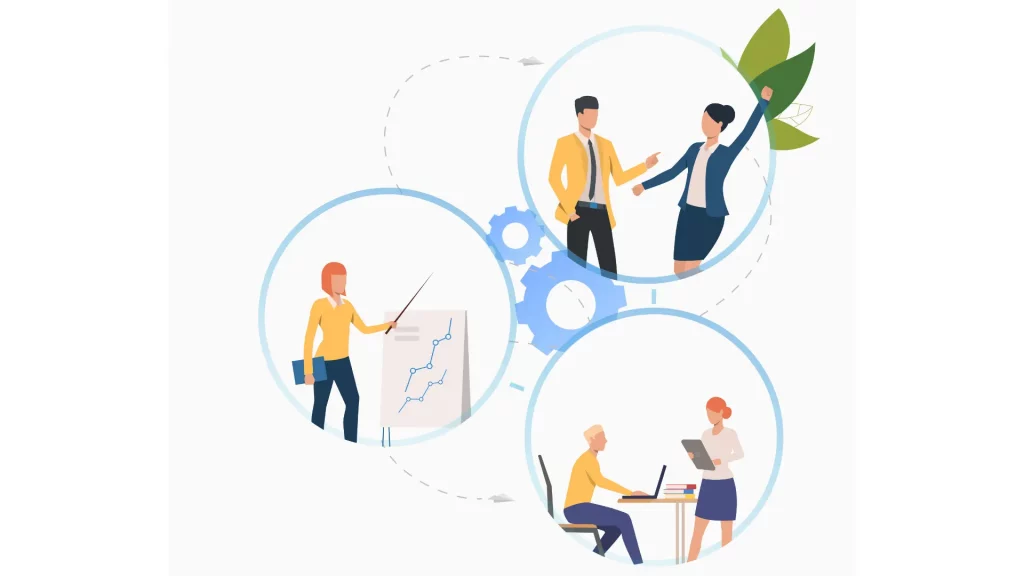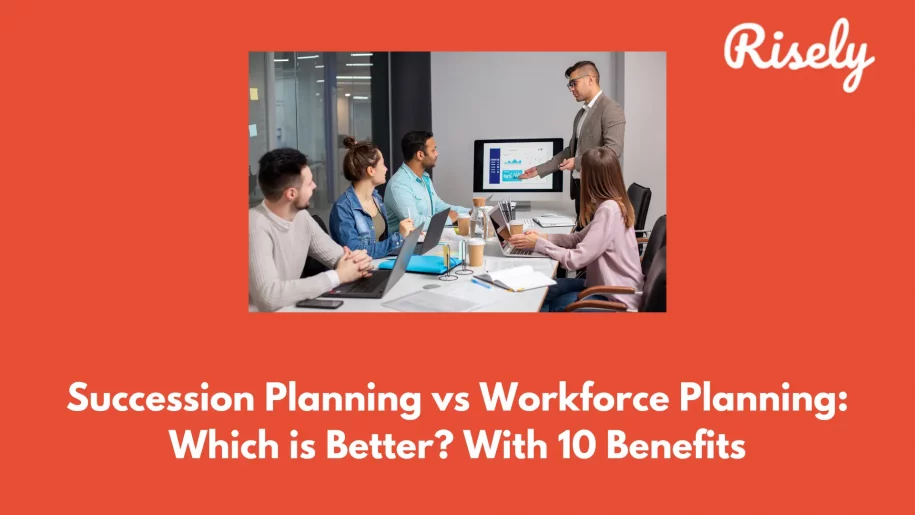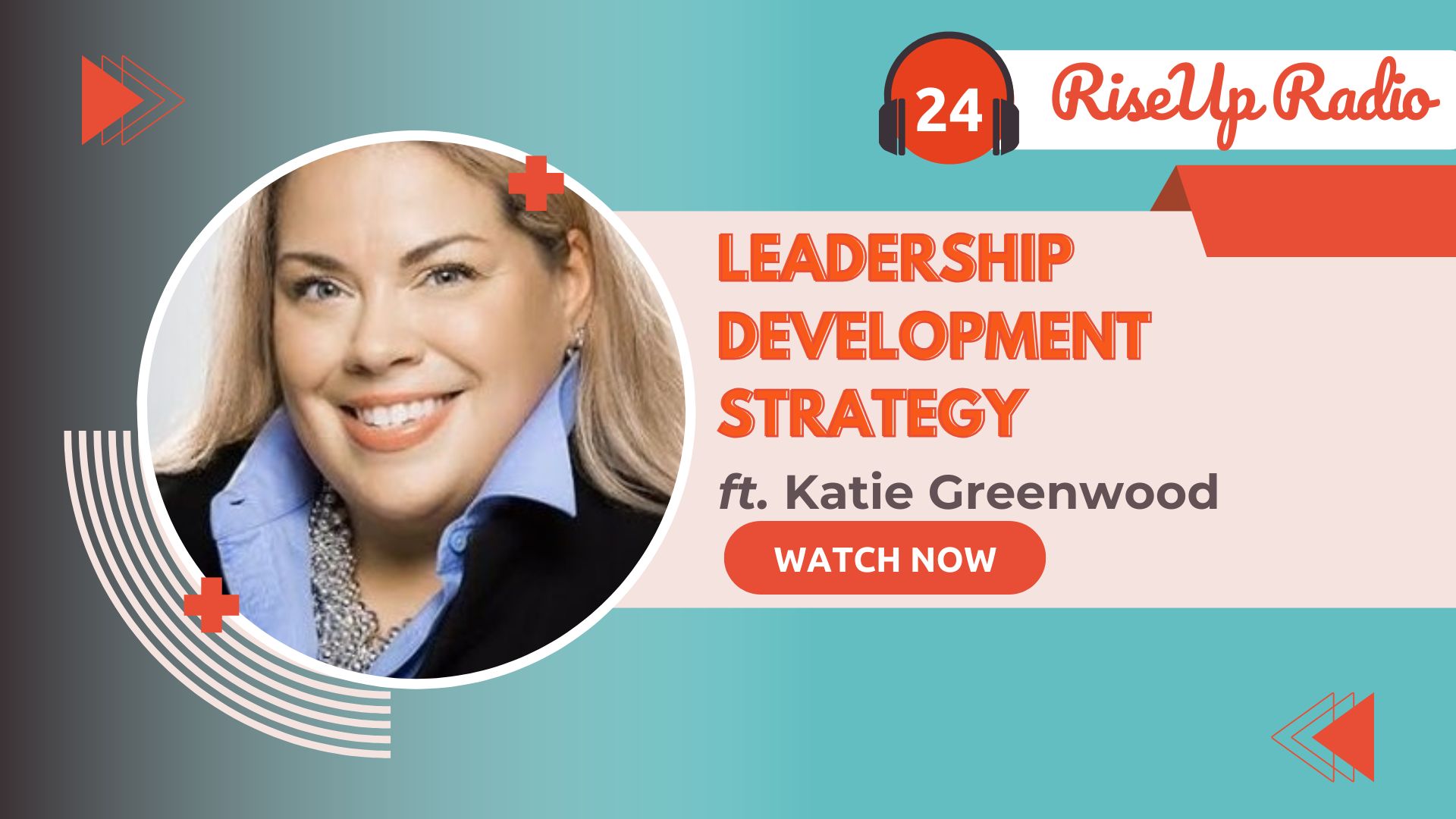Succession Planning vs Workforce Planning: Which is Better? With 10 Benefits
The success of any organization depends on its ability to plan and prepare for the future. Two important aspects of planning for the future are Succession Planning and Workforce Planning. Succession Planning is a process that identifies and develops employees who can take over key positions in the company in case the current employees leave or retire. On the other hand, Workforce Planning analyzes and forecasts staffing needs to ensure that an organization has the right number of people with the right skills at the right time. In this blog, we will delve deep into what each planning methodology entails, understand its differences, and compare its benefits. We will also explore how Succession Planning and Workforce Planning can be incorporated into a cohesive strategy to ensure long-term business success. Let’s Explore!Succession Planning vs Workforce Planning
Succession Planning
Succession planning involves identifying and developing potential leaders within a company to ensure a qualified pool of individuals who can fill critical roles. It assesses current employees’ skills, experience, and potential and helps retain top talent while building a strong leadership pipeline.Importance of Competencies in Succession Planning
To ensure continuity of leadership in an organization, it is crucial to have a succession plan. This plan involves identifying and developing potential leaders with the right skills for critical positions. To execute a successful succession plan, it’s essential to integrate it with strategic workforce planning, which involves forecasting future hiring needs, training current employees, and retaining them to build a strong talent pool. By doing so, organizations can develop competencies among their workforce for long-term goals like leadership development.HR Strategies for Successful Succession Planning
Effective succession planning aims to identify and groom potential leaders within the organization. This can be done by evaluating employees’ skills, knowledge, and experience to find those with the right skills for critical positions. Doing so ensures continuity of leadership, preventing disruptions in operations. Succession planning must be integrated with workforce development strategies to maintain a productive workforce.Workforce Planning
Workforce planning analyzes and projects an organization’s future workforce requirements. It involves identifying skill gaps, devising strategies to address them, and guaranteeing that the right individuals are in the appropriate positions. HR, management, and other stakeholders must collaborate. Effective workforce planning can help companies adapt to change, raise productivity, and decrease employee turnover.Importance of Headcount in Workforce Planning
By analyzing current and future workforce trends and identifying skills gaps, organizations can develop strategies to address them through strategic workforce planning. This helps prepare for market changes, technological advancements, and demographic shifts while improving employee engagement and productivity. A well-executed strategic workforce plan is critical to achieving long-term goals while ensuring the organization has the right people in the right jobs and skills at the right time.HR Strategies for Successful Workforce Planning
Analyzing the current workforce demographics, skills, and performance is crucial to achieving long-term goals through effective workforce management. Anticipating future staff requirements by identifying critical roles and developing a talent pool is essential. Beyond that, implementing leadership development and coaching programs helps prepare employees for key positions. These HR strategies ensure businesses have the right people with the necessary skills in suitable roles without facing turnover issues. Check out “Replacement Planning vs Succession Planning: Which is Better? With 8 Benefits“Succession Planning vs Workforce Planning: Which is better?
Choosing between Succession Planning and Workforce Planning depends on the organization’s goals and needs. Succession Planning focuses on developing future leaders, while Workforce Planning ensures the right people with the right skills are available. Succession Planning is ideal for organizational stability, while Workforce Planning helps organizations adapt to market changes.Understanding the Differences between Succession Planning and Workforce Planning
Effective succession planning and strategic workforce plans are vital components of any business strategy as it helps manage human capital effectively. Organizations must identify critical roles, create a talent pool, and work towards career development and coaching to prepare employees for key positions. On the other hand, forecasting headcount requirements, managing turnover rates, and creating an effective recruitment process is imperative for successful workforce planning.Succession Planning vs Workforce Planning: Benefits
Benefits of Succession Planning:- Leadership Continuity: Succession planning ensures a smooth transition, minimizing disruptions and maintaining organizational stability during leadership changes.
- Talent Development: Succession planning identifies and develops high-potential employees, fostering a culture of continuous learning and growth. This increases employee engagement, satisfaction, and retention.
- Knowledge Transfer: Succession planning facilitates the transfer of critical knowledge and expertise from experienced employees to potential successors, preserving institutional knowledge and ensuring business continuity.
- Organizational Agility: With a robust succession plan, organizations can adapt quickly to emerging challenges and capitalize on new opportunities by having a pool of capable leaders ready to step into key roles.
- Employee Morale and Engagement: Succession planning provides employees with clear career paths and growth opportunities, enhancing their job satisfaction, commitment, and overall morale.
- Talent Alignment: Workforce planning ensures that the right people with the right skills are in the right roles at the right time. It aligns the workforce with organizational goals and enables efficient resource allocation.
- Skill Gap Identification: Workforce planning identifies skill gaps within the organization, enabling proactive recruitment, training, and development strategies to address those gaps and build a capable workforce.
- Cost Efficiency: By anticipating future talent needs, workforce planning helps optimize recruitment efforts, reduce hiring costs, and minimize the risk of talent shortages or overstaffing.
- Strategic Decision-Making: Workforce planning provides data-driven insights that inform strategic decision-making, such as expansion plans, restructuring, or outsourcing decisions, ensuring the workforce is aligned with the organization’s long-term objectives.
- Adaptability to Market Changes: Workforce planning enables organizations to anticipate and respond to changes in the external environment, such as technological advancements or customer demands, by aligning the workforce with evolving business needs.

How to Incorporate Both Succession and Workforce Planning in the Workplace
Incorporating succession planning and workforce planning can lead to a comprehensive approach to talent management and organizational development. Here’s how you can effectively combine both strategies:- Identify Key Roles: Identify critical positions and roles within your organization—leadership positions, technical experts, or specialized roles crucial for your business operations.
- Succession Planning: Implement succession planning for key roles by identifying high-potential employees who can be groomed for future leadership positions. Develop individualized development plans, provide training and mentoring opportunities, and assess their progress regularly.
- Workforce Planning: Conduct workforce planning to assess your organization’s current and future talent needs. Analyze the skills and competencies required for each role and identify potential gaps. This will help you understand the talent pool needed to support your business objectives.
- Talent Acquisition and Development: Combine succession planning with workforce planning by integrating talent acquisition and development efforts. Use workforce planning insights to guide your recruitment strategies, ensuring that you attract and hire individuals with the skills and capabilities needed for immediate roles and future leadership positions.
- Skill and Knowledge Transfer: Facilitate skill and knowledge transfer between experienced employees and potential successors. Implement mentorship programs, job rotations, and knowledge-sharing initiatives to ensure the transfer of critical expertise to the next generation of leaders.
- Continuous Evaluation and Adjustment: Regularly review and evaluate the effectiveness of succession planning and workforce planning efforts. Monitor the development of potential successors, assess the alignment of workforce planning strategies with business needs, and make necessary adjustments based on changing circumstances.
- Collaboration and Communication: Foster collaboration between HR, talent management, and department leaders to ensure alignment between succession planning and workforce planning initiatives. Maintain open communication channels to share information, discuss talent needs, and address challenges or opportunities.
Conclusion
Succession Planning and Workforce Planning are essential HR strategies that help organizations achieve their goals. While Succession Planning focuses on identifying and developing employees for future leadership roles, Workforce Planning ensures that the right people are in the right places at the right time. It’s not a matter of which is better but how to incorporate both into your organization’s strategy. By doing so, you can build a strong talent pipeline and ensure business continuity while also filling critical skill gaps in your workforce, for more information on how to incorporate Succession Planning and leadership development strategies sign up for Risely.Focus on active listening to spot gender inequality and bias in your team.
Take the free active listening skill assessment to identify weak areas and get support.
FAQs
Is succession planning part of strategic workforce planning?
Yes, succession planning is a crucial component of strategic workforce planning. It focuses on identifying and developing future leaders to ensure a sustainable talent pipeline aligned with the organization’s strategic goals.
What is the difference between succession planning and replacement planning?
Succession planning focuses on long-term leadership development, identifying and grooming potential successors for key positions. Replacement planning, on the other hand, is about immediate coverage of key positions in case of unexpected departures.
What is succession planning for the workforce?
Succession planning for the workforce involves identifying and developing organizational talent to ensure a continuous supply of skilled individuals ready to assume key roles and responsibilities as needed.
What are the 5 key elements of workforce planning?
1. Demand Forecasting
2. Supply Analysis
3. Gap Analysis
4. Action Planning
5. Monitoring and Evaluation
2. Supply Analysis
3. Gap Analysis
4. Action Planning
5. Monitoring and Evaluation
Other Related Blogs
Building an Ultimate Leadership Development Action Plan
How to Build a Leadership Development Action Plan? Having a strong Leadership Development Action Plan is more critical than ever in today’s evolving business world. Whether you’re looking to drive…
Leadership Journey Examples on the RiseUp Radio Podcast
Leadership Journey Examples on the RiseUp Radio Podcast Leadership isn’t a destination – it’s a journey filled with twists, turns, and transformative moments that shape not just careers, but entire…
What is Immersive Learning? A New Era in Education
In this blog, you’ll learn what is immersive learning and how it is changing training, increasing engagement, and influencing the future of workforce development. … Read More
What are Learning Designs? All You Need To Know
This blog explains what learning designs are in depth while also covering it’s key components. It tells you about the process involved in creating a good learning design along with…


